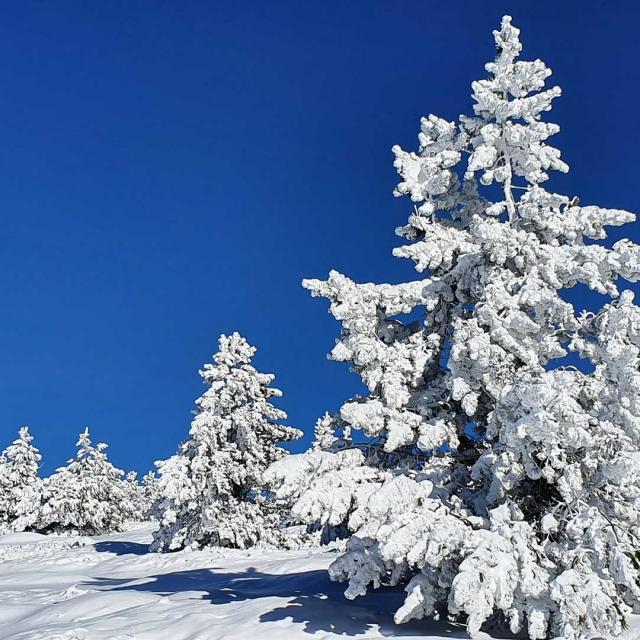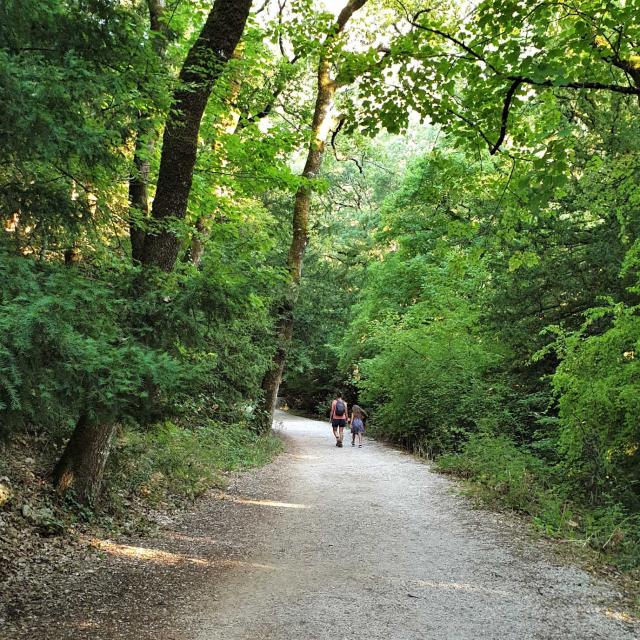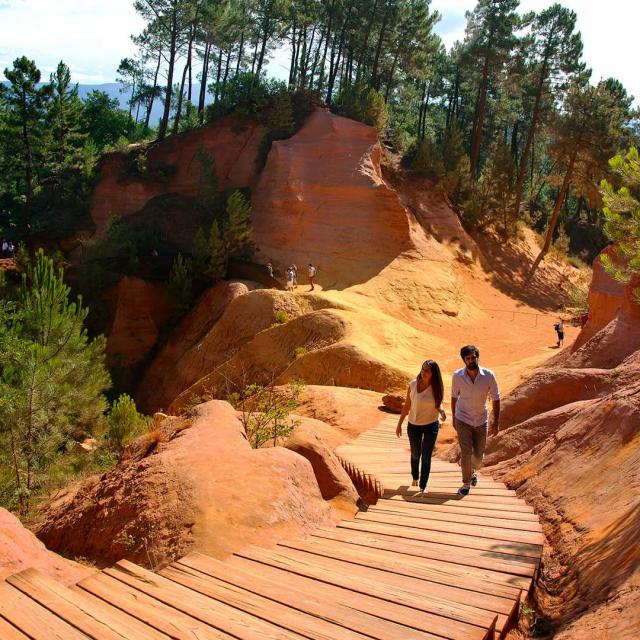A territory inhabited for millennia
37 communes now form the Mont-Ventoux Regional Natural Park, on a territory inhabited by men and women for millennia. Several protohistoric paintings have notably been discovered on the walls of rock shelters in the commune of Blauvac.
Carpentras, a former prosperous city of the Comtat Venaissin, is a vibrant town at the foot of Mont-Ventoux. It attracts many visitors each year who come to discover its museums and monuments.
Many charming villages, with a typically Provençal appearance, bear witness to ancient human habitation. The houses are nestled around a church or at the foot of an old feudal castle, and many have retained remnants of their old ramparts.
Agriculture still plays an essential role around Mont Ventoux, with the presence of vineyards, olive groves, orchards, and lavender fields. Viticulture has been practiced for millennia on these lands, which offer exceptional conditions, and the expertise of local winemakers has been recognised since 1973 by the Ventoux AOC. Fruit enthusiasts are likely familiar with the cherries from the Vaucluse hillsides, which have benefitted from a PGI (Protected Geographical Indication) since 2021. Lavender is particularly cultivated around Sault, on a plateau at an altitude of about 750 metres around the village of Sault. Shepherds notably raise goats that produce delicious cheeses.
























